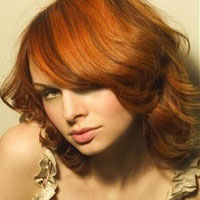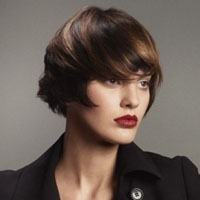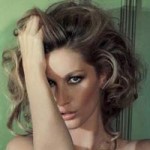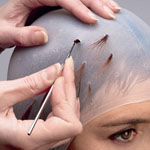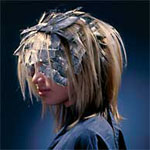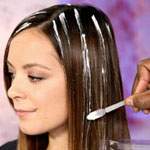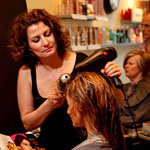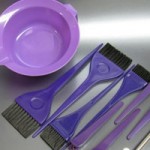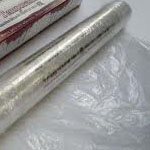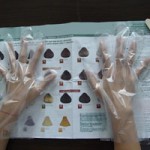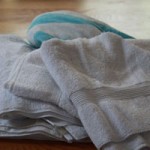
Before I start with any sort of professional perspective, I will say this: when it comes to artistic expression there are no rules. I find that matching your skin tone and hair color can take on an intuitive guidance solely because it feels right.
Of course there are things to consider, but don’t dismiss your own gut instinct (as well as the opinion of your closest girlfriends!) Hair color sometimes works simply because it works.
Selecting a hair color that will match your skin tone
Quick Selection Guide

Fair Complexion

There are many shades that look great if you have a fair complexion. Dark espresso browns with a cooler base can really flatter, as well as your warm reds. Fair skin will also look great with medium cool blondes and Nordic or champagne highlights. This complexion really does have a wide range of possibilities.
The main difficulties with pale skin occur when you stray too far into the extremes. If your hair is too dark or black, you may look gothic and menacing without the proper complement of make-up and fashion (unless, that’s the look you are going for!) If your hair is too light or platinum blonde, you can have a tendency to look washed-out (again, it can be ‘make-up to the rescue’ in this scenario).
Pink Complexion

Those with red or pink tones in their skin may want to stay away from the cooler red shades, as they can leave you looking flushed (and in extreme cases you can even end up looking like a human raspberry!).
This skin tone can benefit by sticking in the neutral ranges, but if you are feeling more daring go for a slightly brighter blonde and add a few highlights.
Tanned Complexion

Although tanned skin can look great; if you have yellow or gold tones in your skin you may want to avoid colors that have strong gold bases. These colors pull out the gold tones in your skin, which isn’t always flattering. Either add a touch of a copper to offset and complement your skin tone, or stick to a neutral shade.
Those with a more olive complexion can pull off the cooler reds and burgundies, and also seem to be flattered by darker shades and highlights of a “coffee-with-cream” or subtle caramel tone.
Dark Complexion
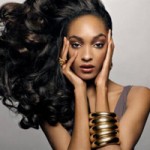
Those with dark complexions often have a hair fabric that has a tenacious adversary when it comes to lightening. It’s difficult to get through the brassy gold stages into the blonde shades without compromising the hairs integrity.
Lighter latte shades (that still have some depth) can flatter and colors with a flaxen golden hue bring out warmth in the skin. Reds in the darker levels can also add a richness to the skin, but trying to get the lighter reds require more chemicals and processes which will increase the fadage that reds have a tendency to bring.
Using make-up to match your skin tone to your new hair color

The one aid that the ladies have that may not work for the men is that once a new color is selected, a new palette of make-up can compensate for the tonal differences in the skin.
With any deviation from your natural color, or from a color you have worn for some time, you may want to make sure that you go straight from the salon to the make-up counter to address this issue. Remember that it’s not just the alluring eye shades that may need to be upgraded, but also your foundation! Gentlemen – you can grab a tube of self-tanner and hide it behind your mouthwash. No one will be the wiser.
Other things to consider…
As with any hair color change, doing your homework is essential for a striking outcome. Take the time to clip and save pictures of colors that you have in your sights. Ask your friends and loved ones as well as asking a professional and take all this information into consideration.
Also remember that makeup can give you the skin tone that nature didn’t. So hold back a few extra dollars for some new cosmetics after your color excursion. It is also a great excuse to go shopping for new clothes as well!
